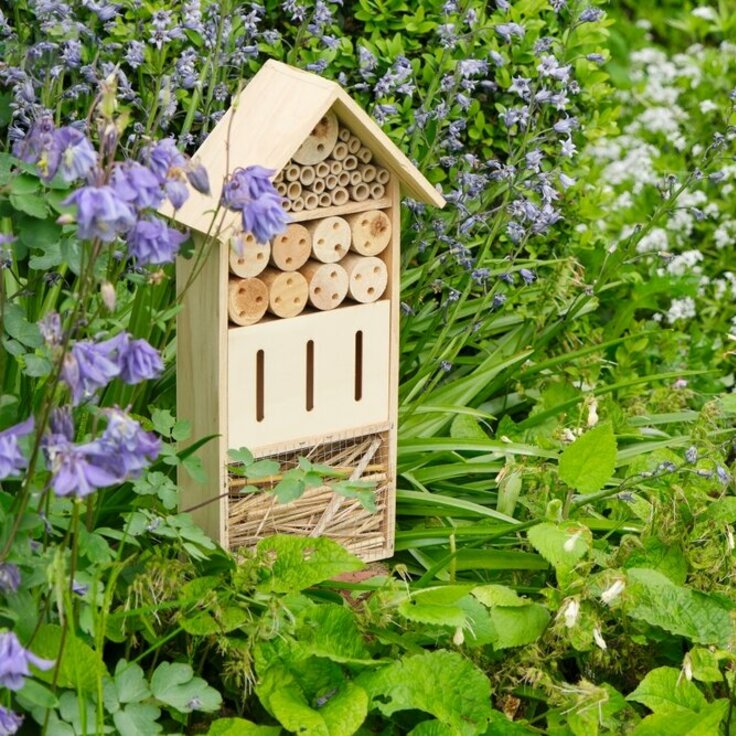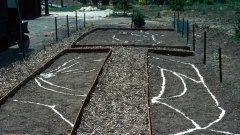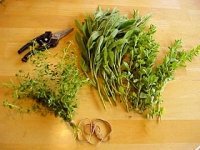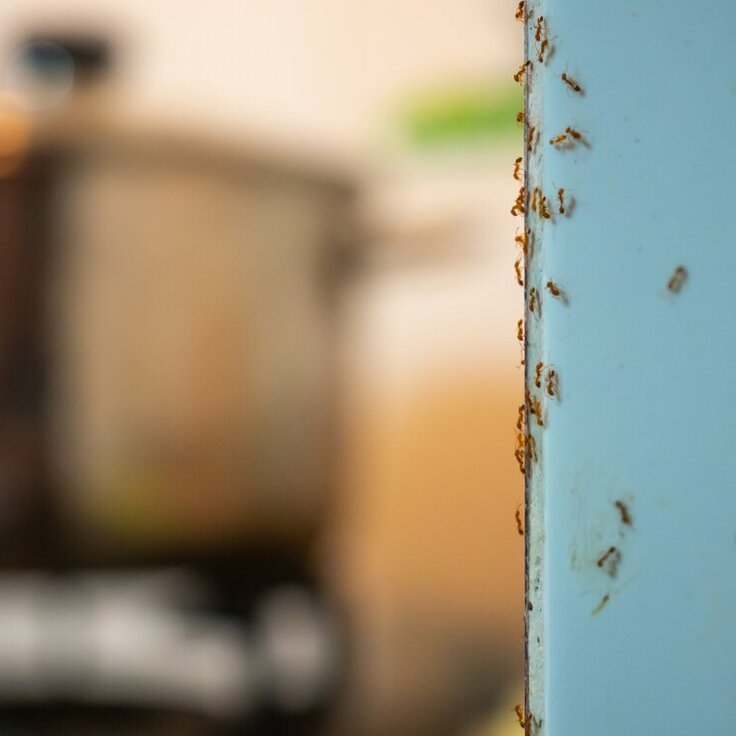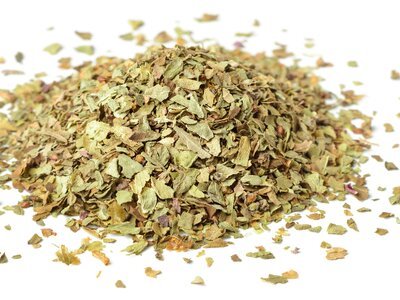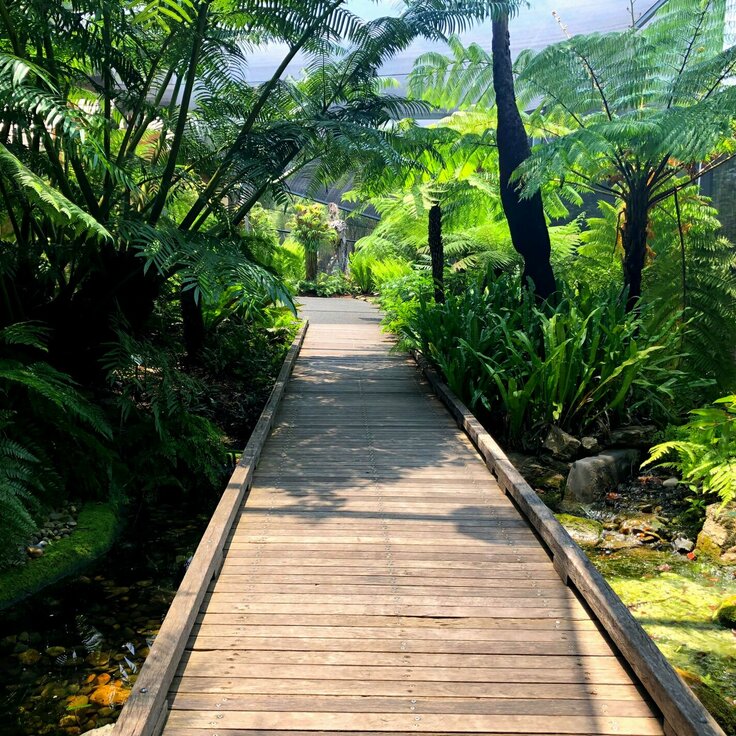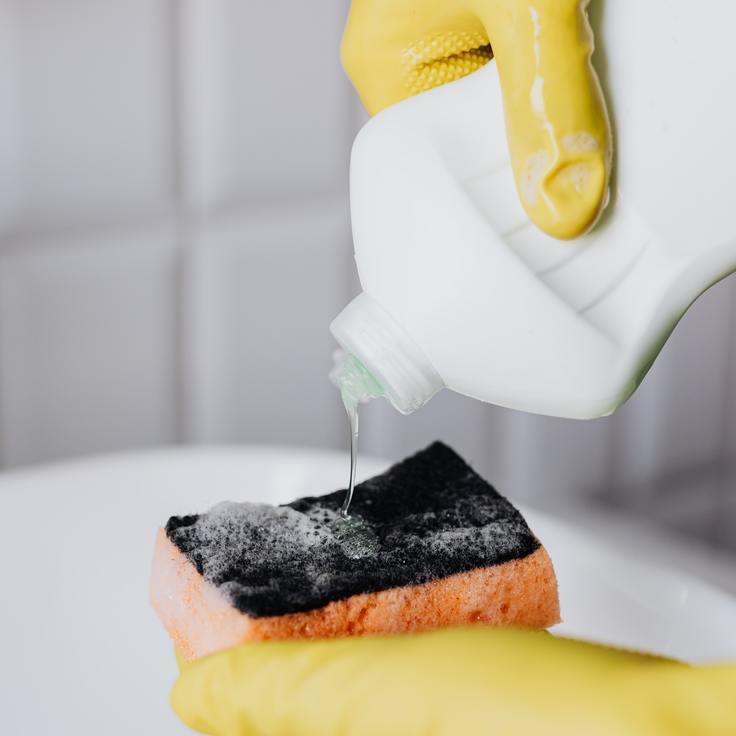How To Compost Your Scraps
If you keep a garden, then you know how much "waste" you end up with by the time autumn rolls around. There are the little plants you've thinned out, the pruning of your pumpkin plants that ran amuck, and the remains of the plants themselves after your successful harvest. Then there are the grass clippings and tree prunings that belong somewhere other than the garbage can.
It's time to start composting all of your yard and garden waste as well as your kitchen scraps. Composting means the waste stays out of the landfills and provides you with an excellent source of "black gold" for very little money or effort on your part.
First you need a compost bin. There are many commercial varieties on the market and you don't have to look any farther than your favorite garden store. You can also set up an area with some posts and fencing. Another alternative is to make your own bin from any of the plans you can find in gardening magazines or on the internet. One preferred (lazy) method is a plastic garbage can with holes drilled all over the sides and bottom for aeration and drainage.
A non-smelly compost pile is made up of three components; green, brown, and soil plus manure. Green refers to grass clippings, vegetable scraps from the kitchen, coffee grounds, crushed egg shells, tea bags, and the garden refuse. The brown ingredients are dead leaves, small twigs and other small prunings. Don't add meat scraps and bones as these will attract wildlife.
The easiest way to compost is to just add roughly equal parts of the green, brown, and dirt plus manure. When you add additional items to the pile; like your banana peels, strawberry tops and potato peelings, throw some more leaves and dirt on top. This keeps it from smelling. You can just leave the pile pretty much to itself and you will eventually end up with your highly desired compost. This easy method does take the longest to turn the waste into finished compost.
If you want to speed things up, make sure everything you put in your pile has been cut small or been shredded, especially leaves and straw. Turn your pile regularly with a pitch fork to speed things up. Turning will also add air holes to help aerate and will also help with water penetration. Your pile should be damp and may require watering occasionally.
I would recommend that you have two compost bins going; one that's almost done and the other that's being currently added to. Otherwise, you won't ever have a finished product.
You will know your compost is ready when it smells good and it's a rich dark color. There should not be any clumps of partially decayed old vegetables in it.
It is truly amazing how all your scraps like grass clippings, carrot peelings, leaves, and green garden refuse can turn into nutrient-rich dark brown compost that's perfect food for your plants. Not only will you have a way to dispose of your waste, you will be creating healthier soil and hopefully growing wonderful plants and vegetables.

